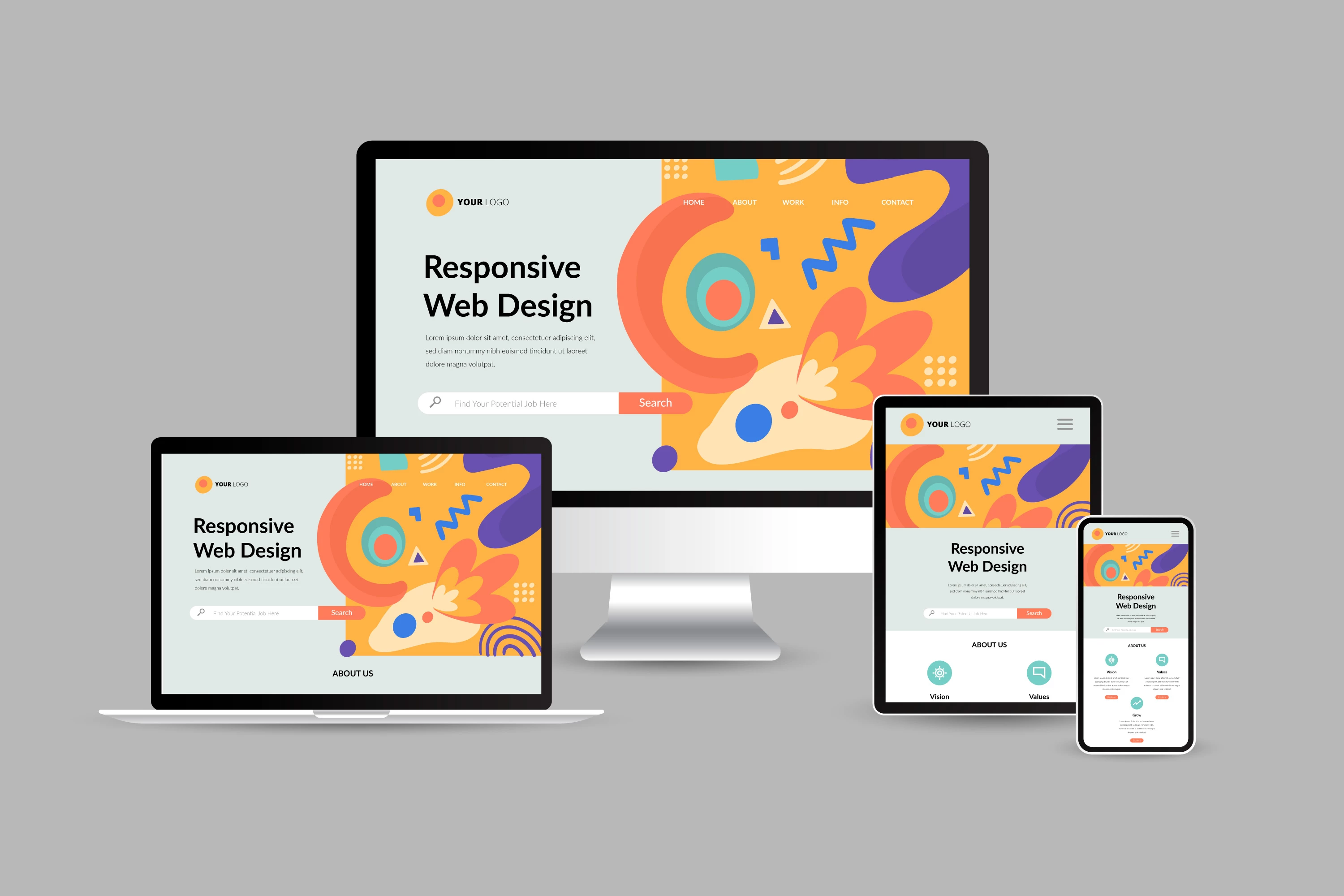Leading Tips for Developing an Impactful Site Style That Transforms
In today's digital landscape, the relevance of an impactful internet site style can not be overemphasized, specifically when it comes to converting visitors right into clients. To accomplish this, one have to think about a range of factors, consisting of recognizing the target market, prioritizing user experience, and maximizing for mobile platforms. Furthermore, the tactical use of engaging call-to-actions and a well-defined visual hierarchy plays a critical duty in assisting individuals with their journey. As we explore these important aspects, it becomes apparent that the success of your internet site depends upon even more than just aesthetic appeal; it calls for a thoughtful method to style and performance.

Understand Your Target Market
Recognizing your target audience is basic to effective site layout, as it lays the foundation for developing an engaging customer experience. Recognizing who your users are, including their demographics, choices, and actions, allows designers to tailor the site's web content, design, and capability to fulfill specific demands.
Conducting comprehensive market study is crucial in this procedure. Surveys, meetings, and analytics can offer valuable insights right into user assumptions and pain points. By assembling this information, designers can develop individual characters that stand for various sectors of the audience, ensuring that design decisions are educated and pertinent.
Furthermore, comprehending the target market helps in choosing appropriate layout components such as color pattern, typography, and images that reverberate with individuals. An internet site that speaks directly to its target market fosters a sense of connection and count on, motivating longer sees and higher conversion rates.
Inevitably, a user-centered strategy to website design not only improves customer satisfaction but also sustains service objectives by driving engagement and loyalty. By prioritizing the requirements and preferences of the target market, a website can properly serve its function and attain desired results.
Prioritize Individual Experience
To boost the total performance of an internet site, focusing on individual experience (UX) is vital (Website Design). A properly designed UX makes certain that visitors can navigate the website easily, discover details promptly, and involve with material meaningfully. This leads to increased customer fulfillment and higher conversion rates
Begin by carrying out intuitive navigating. Menus should be practically structured, enabling individuals to find key locations of the website with marginal effort. Consistency in design components, such as color pattern and fonts, promotes familiarity, which is important for preserving individual involvement.
In addition, think about the loading rate of your site. A delay of just a few seconds can lead to substantial drop-offs, as individuals are less most likely to wait for a slow-loading web page. Enhancing photos and maximizing code can boost performance and keep visitors.
In addition, clarity in material discussion click site is vital. Usage concise, engaging language and break up message with visuals to enhance readability. By prioritizing individual experience, you not only produce a more pleasurable atmosphere for visitors but additionally enhance your brand's reliability. Eventually, a focus on UX is a financial investment in the lasting success of your web site.
Enhance for Mobile Gadgets
Maximizing for mobile devices is critical in today's electronic landscape, where a raising number of users gain access to web sites with This Site smartphones and tablets. A mobile-friendly design not just enhances user experience but likewise plays a substantial role in improving internet search engine rankings. To achieve this, it is necessary to adopt a responsive design that immediately gets used to numerous screen dimensions and alignments.

Loading speed is another critical factor; mobile users are normally much less patient and anticipate quick accessibility to details. By prioritizing mobile optimization, you guarantee that your web site remains affordable and effectively involves a broader audience.
Usage Compelling Call-to-Actions
A website's performance frequently rests on its capability to direct visitors towards desired activities, making compelling call-to-actions (CTAs) vital components of layout. CTAs work as the pivotal points that guide individuals to engage with the site, whether that implies purchasing, enrolling in an e-newsletter, or downloading a source.
To develop reliable CTAs, clearness is critical. Use succinct language that clearly interacts the action you desire the user to take.
In addition, the design of CTAs should stand out without being meddlesome. Employ contrasting shades and clear font styles to guarantee they record attention. Furthermore, consider utilizing directional hints, such as arrows or pictures, to direct users towards these buttons. By concentrating on these aspects, services can substantially boost customer interaction, driving conversions and eventually accomplishing their web site's goals.
Focus on Visual Power Structure
Efficient website style counts heavily on a well-structured aesthetic power structure that guides users via material flawlessly. By arranging elements in a way that focuses on details, designers can enhance individual experience and assist in decision-making. This involves making use of size, color, comparison, and spacing tactically to accentuate one of the most crucial elements of a webpage.
Making use of bigger font styles for headings and subheadings establishes a clear distinction in between different sections, like this enabling customers to scan material effortlessly. Additionally, utilizing contrasting colors for buttons and calls-to-action can capture individual attention and urge communication. Whitespace is another necessary element; it protects against mess and enables individuals to focus on key messages without distractions.
Images and graphics should enhance the message while additionally adhering to the well established hierarchy, strengthening the general message (Website Design). Uniformity in layout components, such as color design and typography, more reinforces the visual hierarchy, making navigating user-friendly

Conclusion
In conclusion, reliable site layout requires a comprehensive understanding of the target audience, prioritization of customer experience, and mobile optimization. Eventually, a well-executed site design serves as a vital component in driving customer actions and accomplishing business objectives.